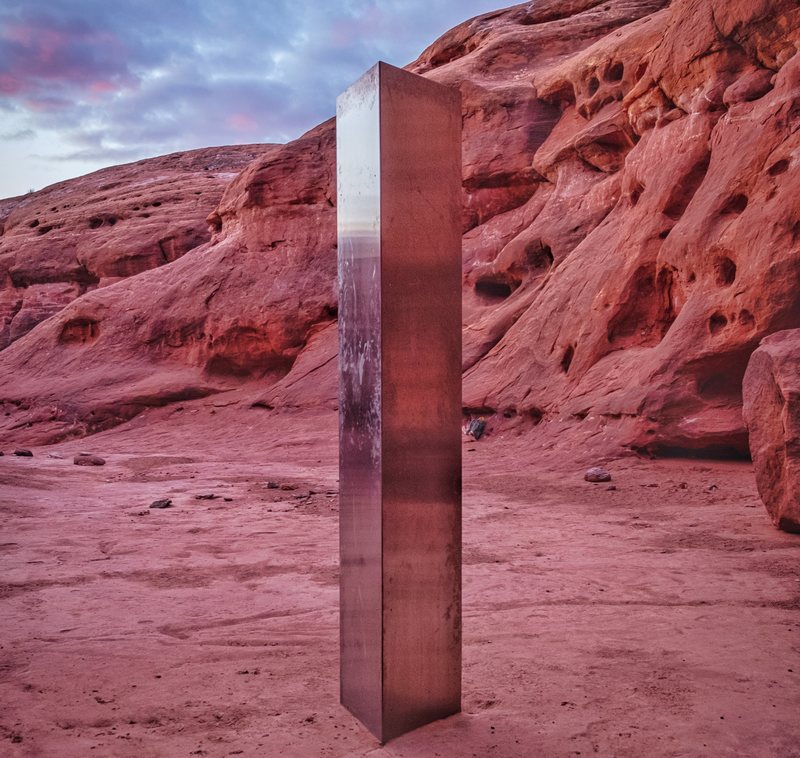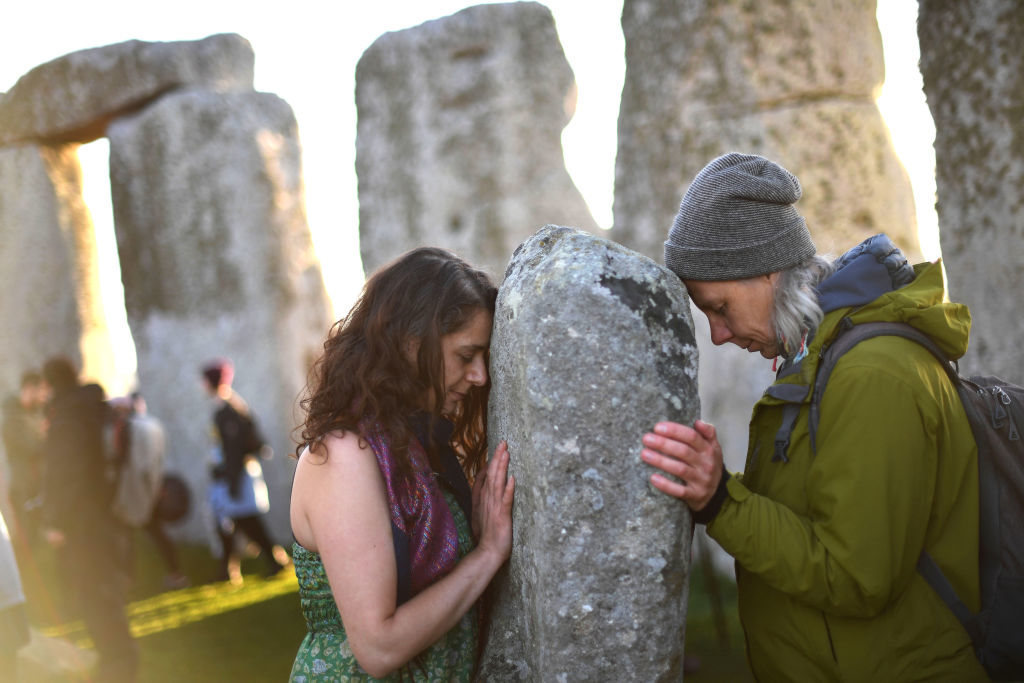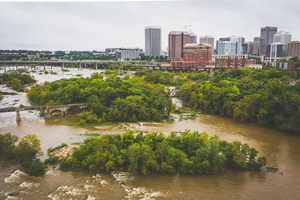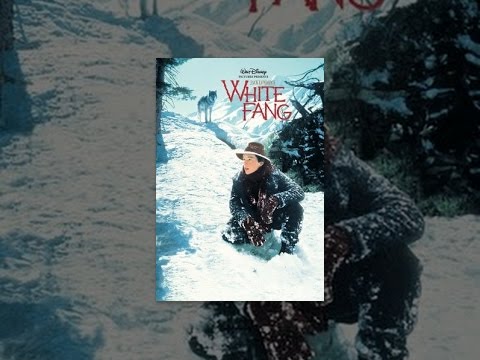Trying to Make Sense of the Mystery Monolith Craze of 2020
Historians are going to have their work cut out for them when they try to bring sense to the strange cascade that has been 2020. Every month brought something that seemed more eventful than the last.
Then came the monoliths.
If—by a force more mystifying than the monoliths themselves—you’re still not familiar with the story, here’s the basic (far from comprehensive) rundown. On November 18, 2020, officers from Utah’s Department of Public Safety were conducting a routine flyover of desert land in the southeastern part of the state, trying to count the region’s bighorn sheep. The isolated silver slab (not literally a “monolith” since it was made of metal and not stone) they found became an instant sensation, prompting speculation—some of it apparently sincere—that extraterrestrial actors were involved, as with the monoliths made famous in Stanley Kubrick’s 2001: A Space Odyssey (1968), and the Arthur C. Clarke novels on which it was based. Others figured it might be an art installation or guerrilla marketing for some yet-unknown media property. And then the Utah monolith suddenly disappeared, on the same day that one in Romania popped up … only to vanish itself less than a week later.

According to this outdated timeline, subsequent appearances came in Pennsylvania, California, and the Netherlands. Other “2020 monoliths,” which now constitute a Wikipedia-official phenomenon, have been spotted in Morocco, Finland, Manitoba, Paraguay, Florida, and dozens of other places, from Alberta to Australia. As Sangeeta Singh-Kurtz put it in The Cut: “Okay, We Get It, You’re Monoliths.”
But the thing is, we don’t really get it. We don’t know who placed the vast majority of these monoliths (though responsibility has been claimed in some cases). More importantly, we don’t know what provoked them, or what they’re supposed to mean. In that way, they’ve inherited the cryptic connotations established by 2001, in which monoliths appear at three crucial points in human history. Most famously, in the film’s opening section, the sudden, unexplained arrival of a black monolith inspires prehistoric hominids to build tools, and so sets the entirety of human history into motion. It’s one of the most iconic moments ever committed to film—in a setting that looks uncannily like the Utah desert.
Despite its mysterious origin in the film, Kubrick’s (and, of course, Clarke’s) monolith itself didn’t come out of nowhere. Michael Benson, author of a 2019 book about the making of 2001: A Space Odyssey, points out the obvious ways in which the standing monuments reference Stonehenge. “Every time you see one of those monoliths in the film,” says Benson, “there’s this eerie celestial alignment.” The first time, “it’s the moon and the sun. The second time, it’s the Earth and the sun. And then the third time, it’s a lineup of the moons of Jupiter and the monolith, which is orbiting Jupiter.” Stonehenge, similarly, perfectly frames the summer solstice.

While researching his book, Benson caught Kubrick contradicting himself on this point—as artists are wont to do. Referencing a manuscript he read at the Stanley Kubrick Archive at the University of the Arts in London, Benson paraphrases the director’s claim that he “didn’t intend any linkage to Stonehenge at all.” Just a few pages later, however, Benson says that Kubrick pivoted: “The idea of a magical alignment of the sun, the Earth and the moon or of Jupiter, Jupiter and its moons, was used throughout the film to represent something magical and important about to happen. I suppose the idea had something to do with the strange sensation one has when the alignment of the sun takes place at Stonehenge.”
That slip aside, Kubrick generally preferred to keep viewers guessing. In a 1968 Playboy interview, he asked, “How much would we appreciate [the Mona Lisa] today if Leonardo had written at the bottom of the canvas: ‘This lady is smiling slightly because she has rotten teeth’—or ‘because she’s hiding a secret from her lover’?” He continued, suggesting that “It would shut off the viewer’s appreciation and shackle him to a reality other than his own. I don’t want that to happen to 2001.” Benson concurs, and says he has no theories as to who might be behind the 2020 monoliths. “The whole thing is kind of freakish and fascinating,” he says, even if he also considers the structures to be “derivative” cinematic references.
He is content to let the monoliths of 2001 and 2020 remain mysteries. A safe read of their role in the film—one, he says, that doesn’t even qualify as an “interpretation”—is that they function as a deus ex machina, an ancient dramatic device that suddenly inserts divine or otherwise celestial actors into a story to push it along. In all likelihood, the 2020 monoliths aren’t evidence of divine intervention. But even if they’re nothing but elaborate copycat pranks—or worse, a marketing stunt—their arrival in 2020 seems to capture something fundamental about this moment in time and space. Blank, vertical blocks, the shape of inscrutability, the embodiment of all enigmas. Perfect for a year when nothing went as planned.





